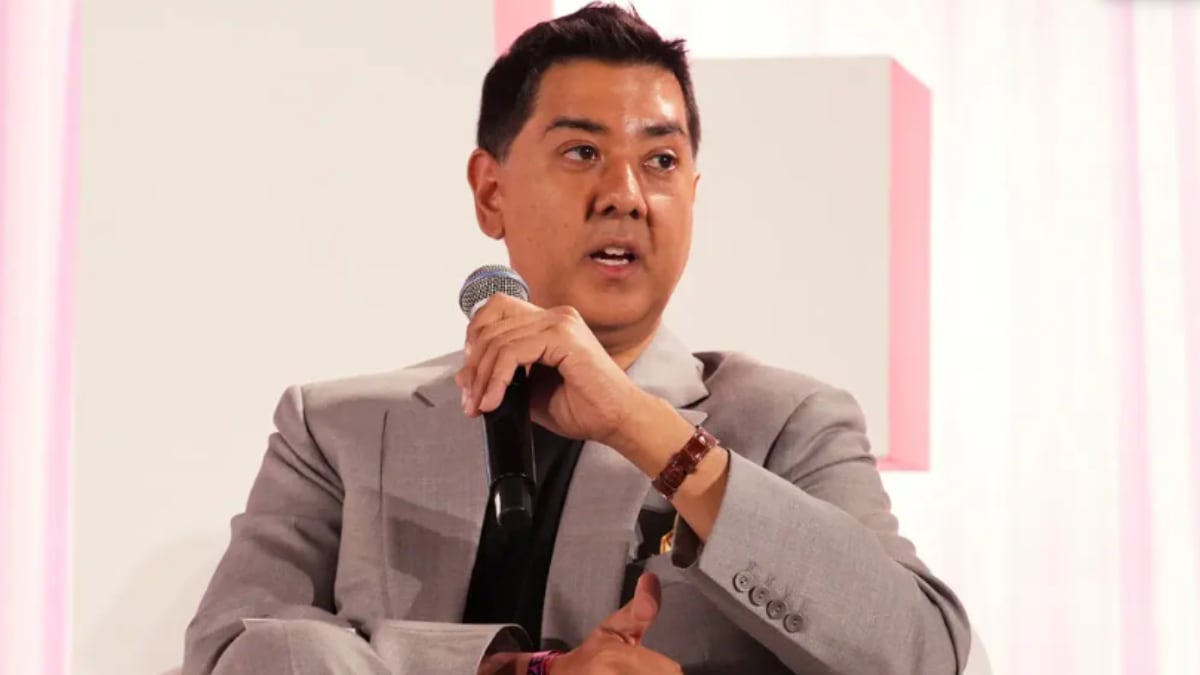This slim book on war and peace by two accomplished conflict specialists David Kilcullen and Greg Mills is a valuable contribution to the bookshelf when many regions of the world are currently ravaged by bloody war and intractable conflict. The authors combine military service with academic acumen, distinctive policy advisory roles and operational experience in different war zones of the world. Mills heads the Johannesburg-based Brenthurst Foundation and has served four deployments in Afghanistan as an adviser and has also worked extensively in Colombia and with some African governments.
Co-author Kilcullen holds professorships in Australia and the US and has also served as an infantry officer, intelligence specialist, policy adviser and diplomat. His impressive credentials include serving as senior counter-insurgency adviser to General David Petraeus in Iraq and later as counterterrorism adviser to former US secretary of state Condoleeza Rice. Clearly, Kilcullen and Mills are black belts in studying and shaping conflict policy first-hand, and subsequently writing about this complex and tragic subject —bloody war and elusive peace—in a reasonably objective manner.
The book under review is based on decades of work that both authors have done in different conflict geographies, ranging from Iraq, Congo, Somalia, East Timor, Colombia, Ethiopia and Afghanistan. The survey also includes the more recent conflicts: Russia-Ukraine and West Asia (briefly)—where the Israeli genocide in Gaza continues with sickening intensity and callous impunity.
Neatly divided into four major chapters, the first one examines three wars— Afghanistan, Ukraine and Ethiopia—that occur around the same time and raises three questions. This lucid interrogation and the insights of the authors form the core of this book and the questions raised are: “What do recent wars and the direction of technological development tell us about the changing character of war and its tactics, equipment and strategy? Why do we so often fail to turn battlefield victory into sustainable peace? What is the best way to prevent, fight and resolve future conflict?”
At one level these are ontological questions and one may well ask as to how recent is recent. The 20th century is littered with two major wars and millions killed and the first quarter of this century/millennium has seen more blood and gore than expected—more so after the misplaced certitude that the end of the Cold War and the brief decade of unipolar American triumphalism marked the end of history and the dawn of the long peace, a la Francis Fukuyama.
While the long war in Afghanistan and the one in Ukraine have come into global focus, the authors make an important observation when they remind the reader about Africa. “The human cost of Russia’s war in Ukraine, however horrific, nonetheless pales in comparison with another enormous, brutal conflict launched fifteen months earlier, in November 2022, which may have cost as many as 600,000 lives yet remains all but unreported outside Africa: the war in Ethiopia’s Tigray region.”
With this broader context, the other three chapters funnel out into a broad review of the conflict domain and dwell on Bigger Wars, Smaller Wars and War into Peace. The conclusion is an anguished final question: “Where have all the leaders gone?” The short answer is—into infamy. The authors are candid in highlighting the many mistakes committed by the US leadership in the two decade-long GWOT (global war on terror) that began after the enormity of 9/11 in September 2001.
One cannot but agree, alas, with the observation of the authors that “The loss of moral legitimacy resulting from the unilateral invasion of Iraq had an enduring effect on US global credibility and on US leverage in other conflicts.” In February 2003, US secretary of state General Colin Powell presented inaccurate facts to mislead the UN Security Council over Iraq’s purported WMD (weapons of mass destruction) programme. This was a very low point for US credibility and rectitude but the book discretely does not go into that episode—even though narrative as a coercive tool is dealt with in some detail.
The US as the world’s most powerful nation receives considerable scrutiny by the authors and they recall America’s war in Vietnam—the ‘mendacity, cover-ups and bright shining lies’ through the words of journalist Neil Sheehan. Whether by its robust and often misguided military intervention (as in Afghanistan and Iraq) or through reticence and indecision (as in Ukraine), the US remains the most consequential major power in stoking conflict or enabling closure. Timing is critical, the book avers and adds: “One of the key lessons from Afghanistan is that the victors in 2002 led by the US failed to make peace with a defeated Taliban. A better time to do this would never arise.”
Will the Trump team have the perspicacity to enable conflict closure in Ukraine and Palestine or will these wars join the many festering conflicts that defy resolution? The book opens with a poignant and elegiac epigraph: “When I am angry, I pray God to swing our globe into the fiery sun and prevent the sorrows of the not-yet-born: but when I am content, I want to lie forever in the shade, till I become a shade myself.”
Whether the world can become the soothing shade is very doubtful but strive we must—both citizens and leaders. One last observation: the epigraph is ascribed to TE Lawrence but this quote is from Herman Melville’s The Ambiguities.
C Uday Bhaskar is director, Society for Policy Studies
The Art of War and Peace: The Changing Face of 21st-Century Warfare
David Kilcullen & Greg Mills
HarperCollins
Pp 336, Rs 699







